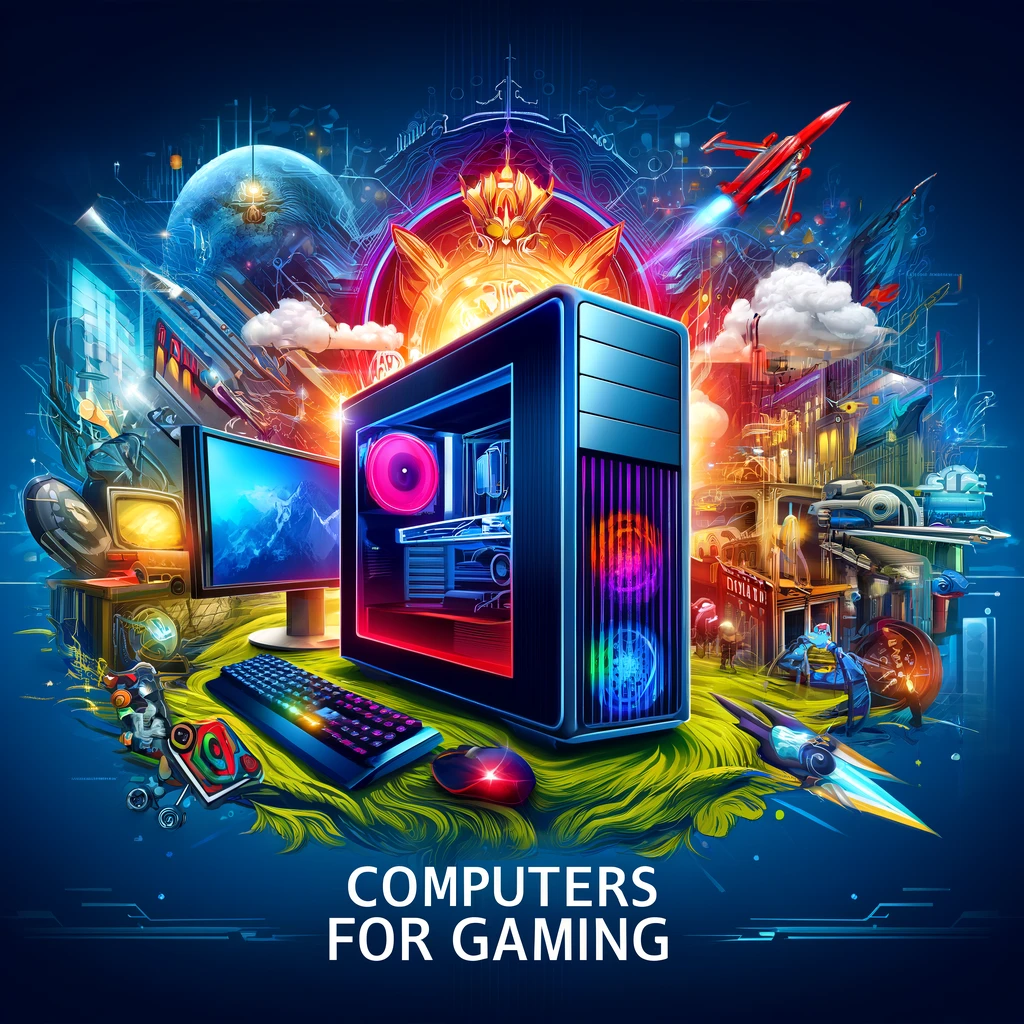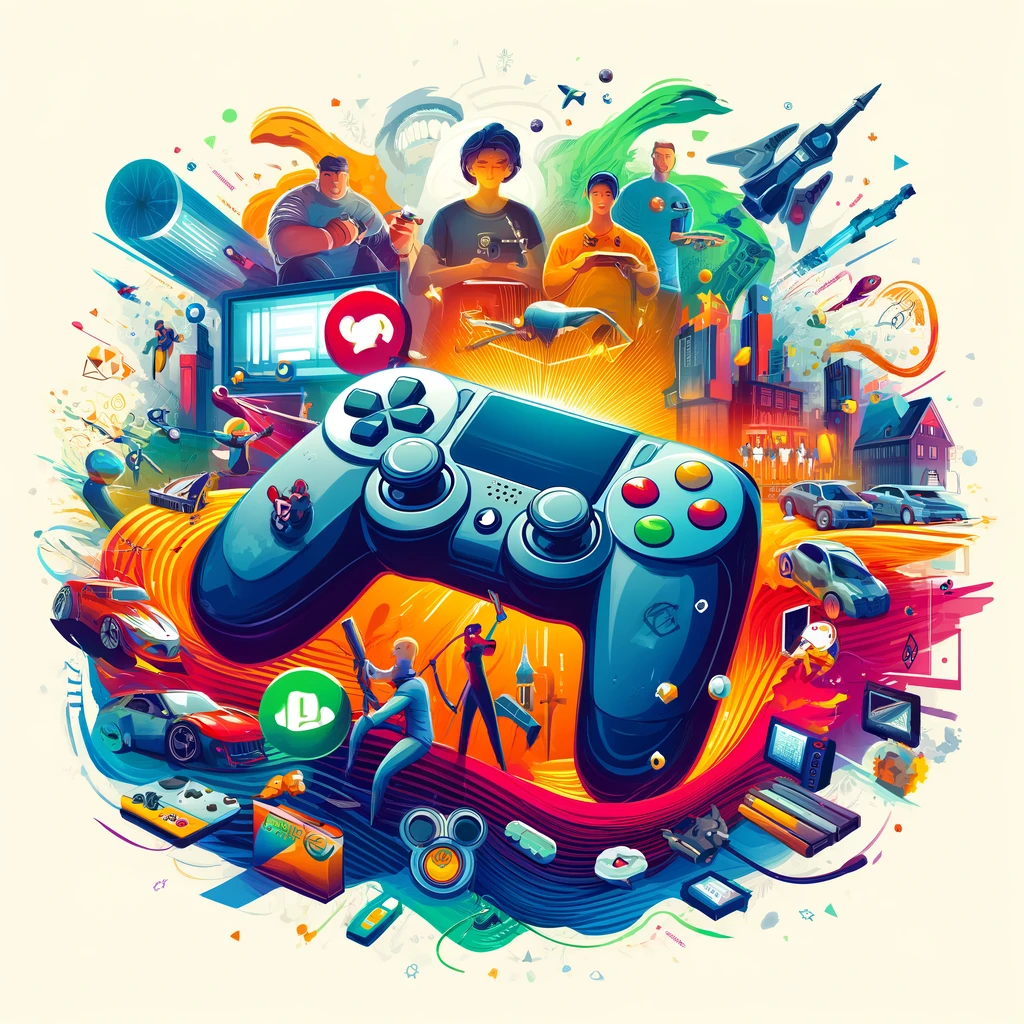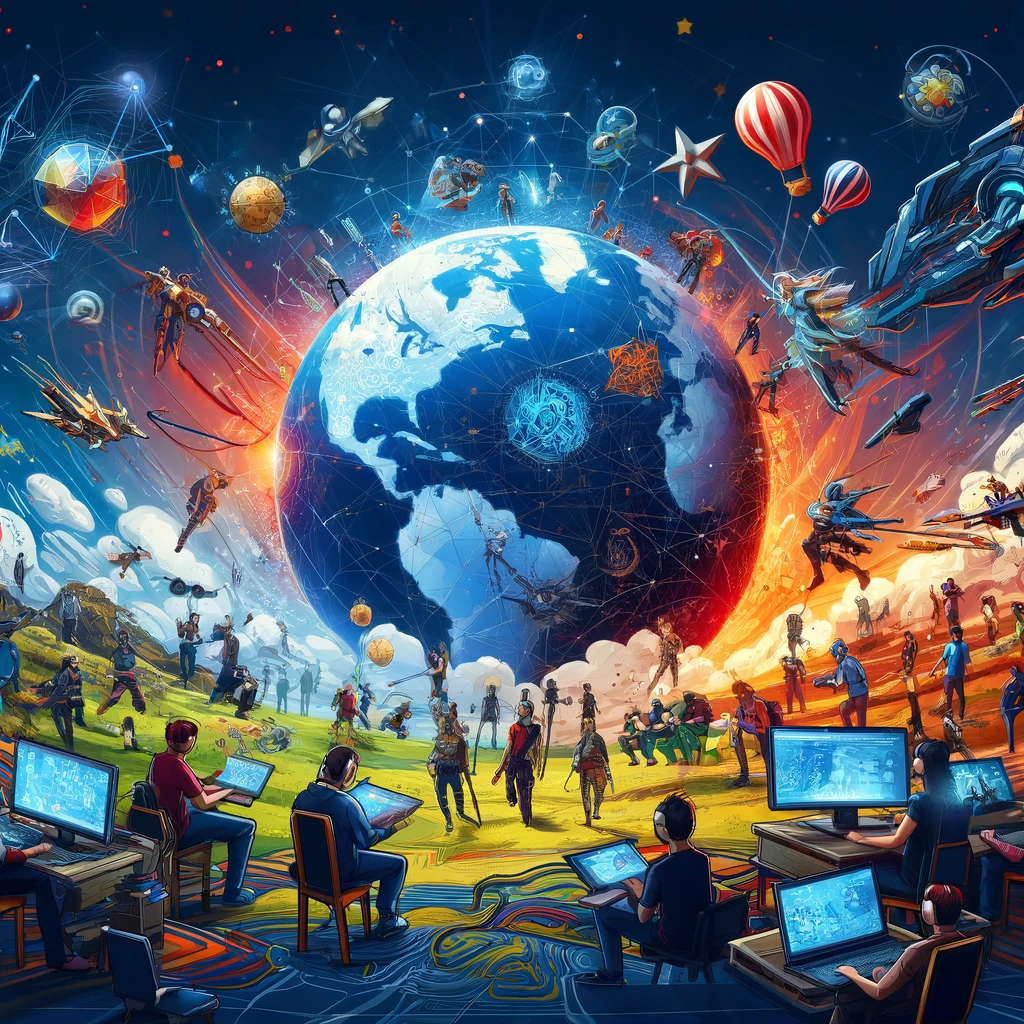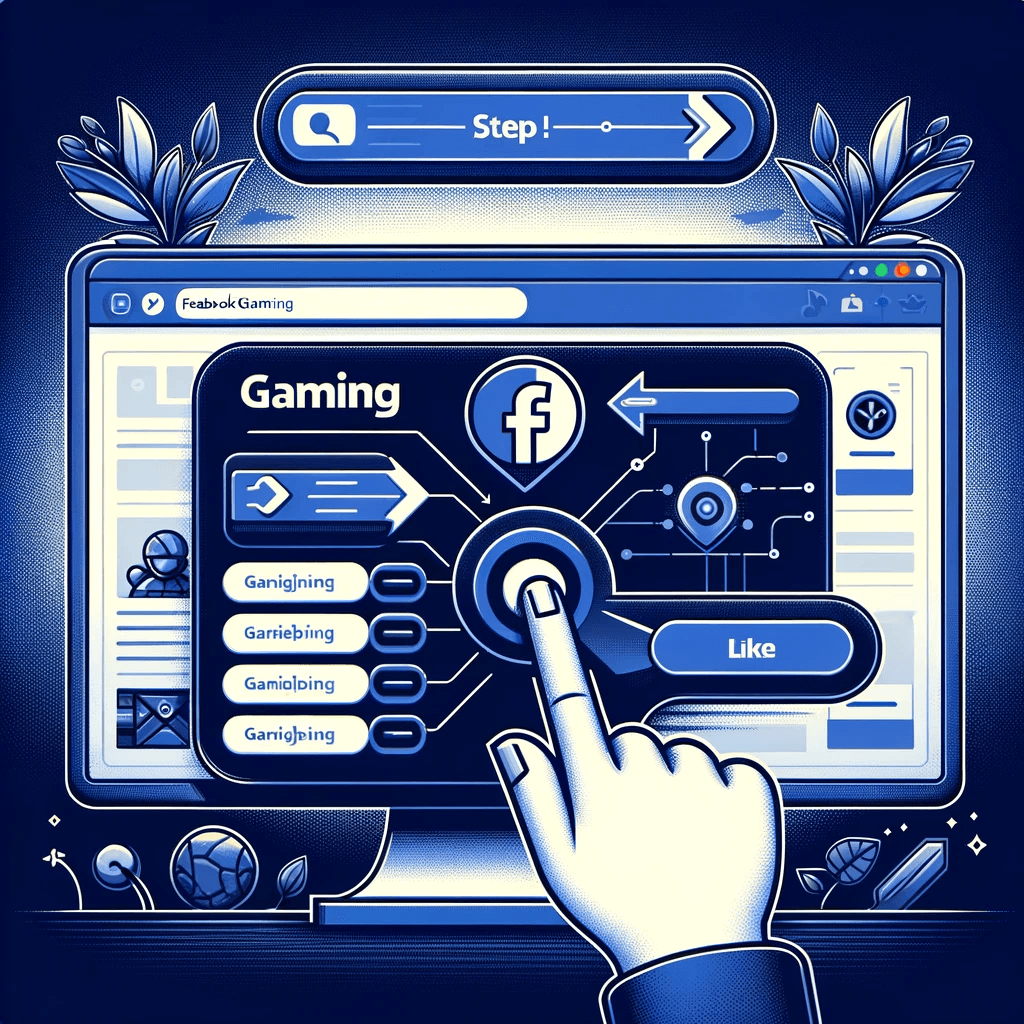Introduction to Gaming Platforms
The landscape of gaming has been profoundly shaped by the evolution of gaming platforms, each offering unique experiences and shaping the way games are developed, distributed, and enjoyed. From the early days of arcade cabinets and home consoles to the modern era of digital distribution and cloud gaming, platforms have continually expanded the boundaries of gaming. They serve not only as mediums for playing games but also as communities where gamers connect, share, and participate in the broader gaming culture. This introduction sets the stage for a deeper exploration into the diverse world of gaming platforms that have become the backbone of the gaming industry.
Console Gaming Platforms
Console gaming has been at the heart of the industry for decades, with major players like Sony’s PlayStation, Microsoft’s Xbox, and Nintendo shaping much of gaming’s history and culture. These platforms are known for their ease of use, exclusive titles, and ability to push the boundaries of hardware performance. Each generation of consoles brings advancements in graphics, processing power, and interactive capabilities, offering gamers immersive experiences in their living rooms. The console wars have driven innovation, with each brand striving to offer unique features, from motion control to integrated social media sharing, enhancing the way we play and interact with games.
PC Gaming Platforms
PC gaming stands as a pillar of the gaming world, known for its flexibility, high-performance hardware, and an open ecosystem that fosters innovation and independence. Platforms like Steam, Epic Games Store, and GOG.com have revolutionized the distribution of PC games, offering vast libraries, community features, and developer tools. This environment has given rise to a vibrant indie game scene, where developers can bring creative and niche titles to a wide audience. PC gaming also leads in competitive gaming and modding communities, further enriching the gaming experience.
Mobile Gaming Platforms
The advent of smartphones has catapulted mobile gaming to the forefront, making it the most widely accessible form of gaming. Platforms like Apple’s iOS and Google’s Android have created ecosystems where developers can distribute games to billions of users. Mobile gaming’s convenience, coupled with the increasing power of mobile devices, has allowed for complex and visually stunning games. This platform has also introduced new monetization models, such as freemium and in-app purchases, which have influenced the broader gaming market.
Cloud and Streaming Gaming Services
Cloud gaming represents a paradigm shift, with platforms like Google Stadia and NVIDIA GeForce Now allowing gamers to stream high-quality games to various devices without the need for powerful hardware. This technology promises to democratize access to high-end gaming experiences, making games accessible on laptops, tablets, and even smartphones. Streaming services are also experimenting with new game formats and interactive experiences, leveraging the power of cloud computing to offer games that were previously unimaginable.
Virtual Reality and Augmented Reality Platforms
VR and AR gaming platforms are pushing the boundaries of immersive gaming, offering experiences that fully envelop the player in digital worlds. Platforms like Oculus Rift, HTC Vive, and PlayStation VR have brought VR gaming to the consumer market, while AR games like Pokémon GO have demonstrated the potential for augmented reality in gaming. These technologies are still in their early stages, but as they evolve, they promise to redefine what it means to be “in the game.”
The Role of Social Media and Online Communities in Gaming
Gaming platforms are increasingly intertwined with social media and online communities, with platforms like Twitch and YouTube Gaming becoming central to the gaming experience. These platforms allow gamers to stream gameplay, connect with audiences, and build communities around their favorite games. Social features integrated into gaming platforms, such as friend lists, voice chat, and community hubs, further enhance the social aspect of gaming, making it a shared and communal activity.
Future Trends and Innovations in Gaming Platforms
Looking to the future, gaming platforms are likely to continue evolving, with AI, cross-platform play, and blockchain technology shaping the next wave of innovations. AI could revolutionize game development and personalized gaming experiences, while cross-platform play aims to unify the gaming community across different devices. Additionally, blockchain and NFTs hold the potential to create new economic models within games, offering players ownership and traceability of in-game assets.
This exploration of gaming platforms highlights the rich and diverse ecosystem that supports the global gaming community. From consoles to cloud services, each platform offers unique opportunities for gamers to explore, connect, and enjoy the vast world of gaming. As technology advances, so too will these platforms, promising a future of gaming that is more accessible, immersive, and interconnected than ever before.
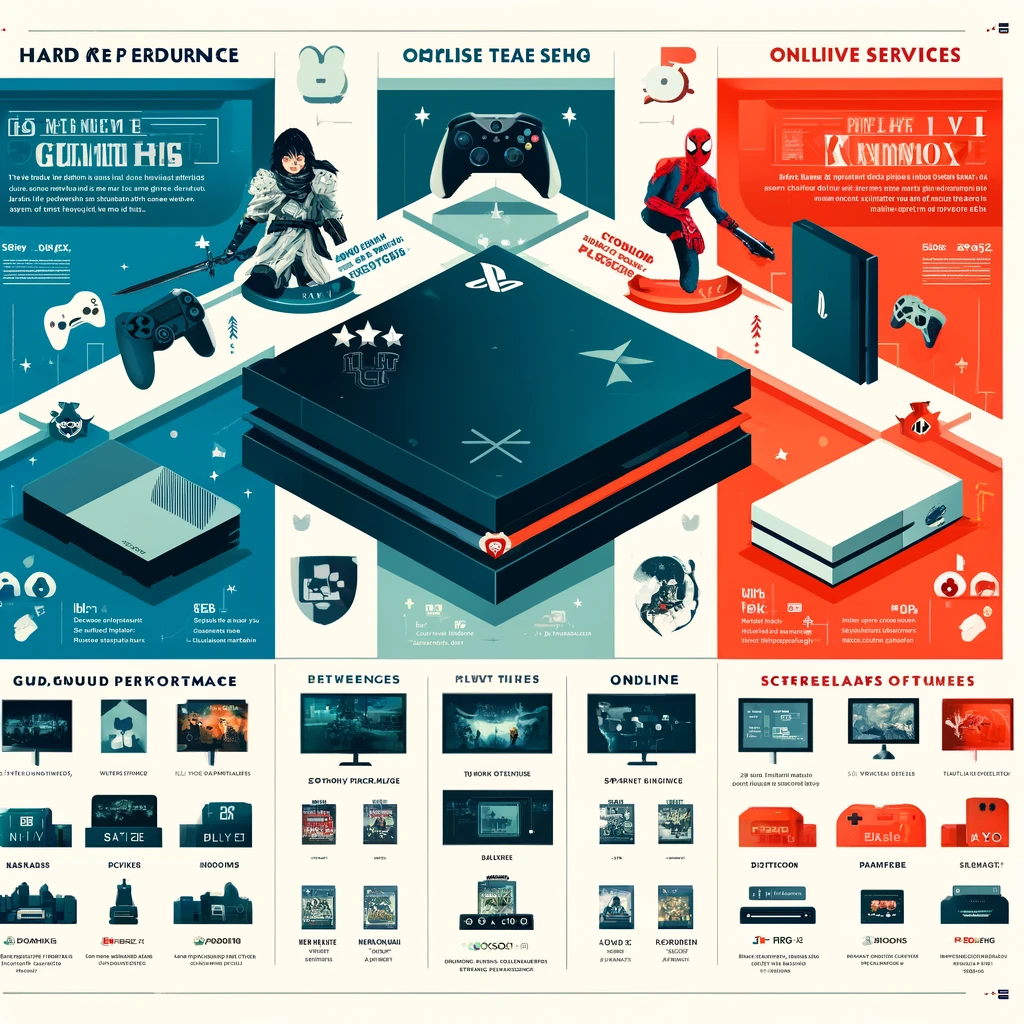
Here’s an infographic that compares the key features of major console gaming platforms, such as PlayStation, Xbox, and Nintendo. It visually represents their differences and similarities, covering aspects like hardware performance, exclusive titles, online services, and unique features.
To further illustrate our discussion, here’s a graph showing the exponential growth of mobile gaming over the past decade. It highlights key milestones, such as major game releases, technological advancements in mobile devices, and significant increases in mobile gaming revenue, showcasing mobile gaming’s rise as a dominant force in the industry.
Finally, let’s visualize the concept of a next-generation cloud gaming service interface to complement our exploration of cloud and streaming gaming services.
To complement our exploration of cloud and streaming gaming services, here’s concept art for a next-generation cloud gaming service interface. It showcases a futuristic and user-friendly design, featuring a sleek dashboard with easy access to a wide library of games, social features, and personalized recommendations. The design emphasizes the seamless integration of cloud technology, highlighting aspects like real-time game streaming, cross-platform play, and low-latency performance, appealing to a tech-savvy audience.
This visual journey through the evolving landscape of gaming platforms, from console to cloud, underscores the dynamic and innovative spirit of the gaming industry. As we’ve explored, each platform offers unique experiences and opportunities, contributing to the rich tapestry of gaming culture. The future of gaming platforms promises even more exciting developments, driven by technological advancements and the growing community of gamers worldwide.
